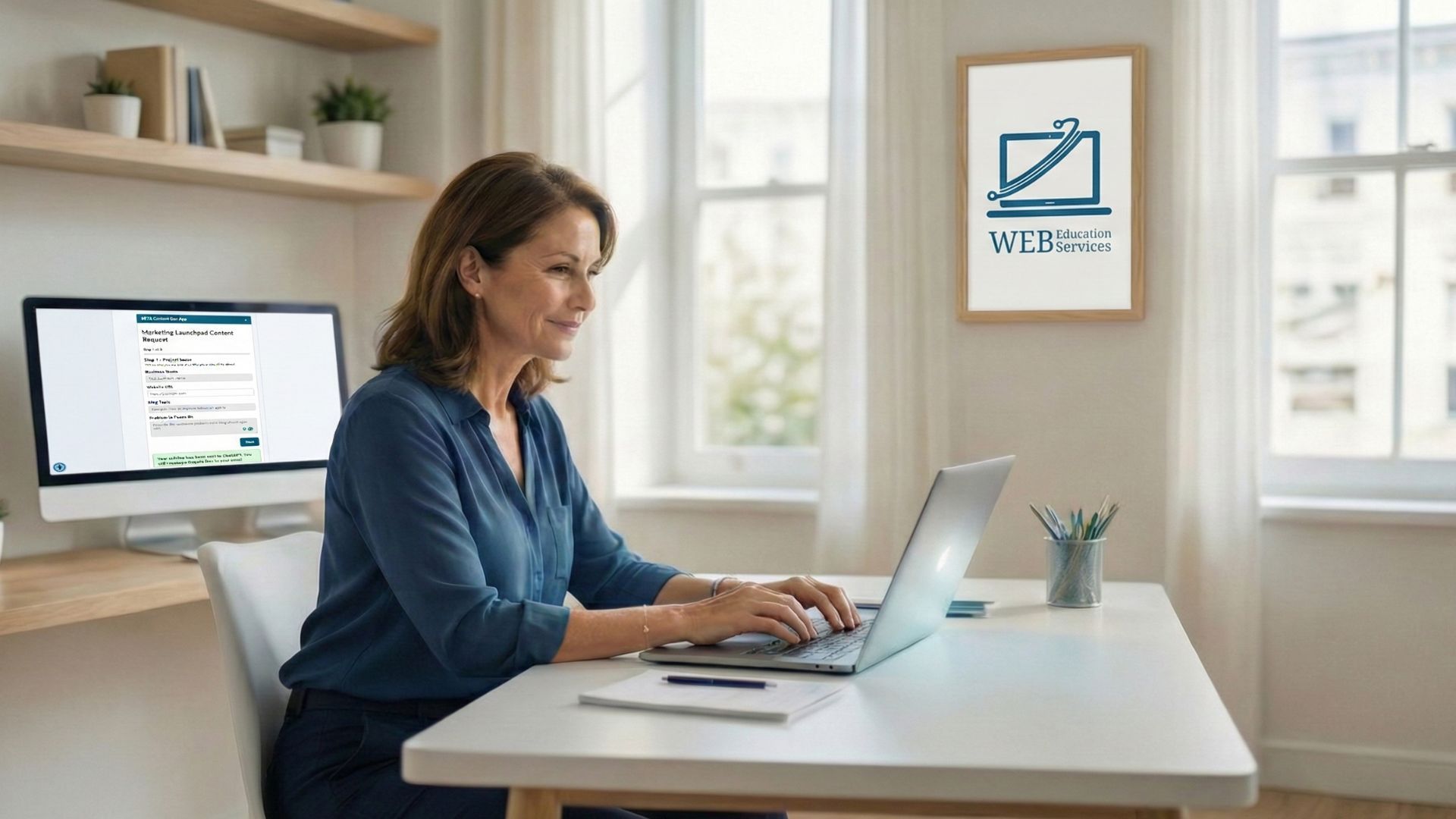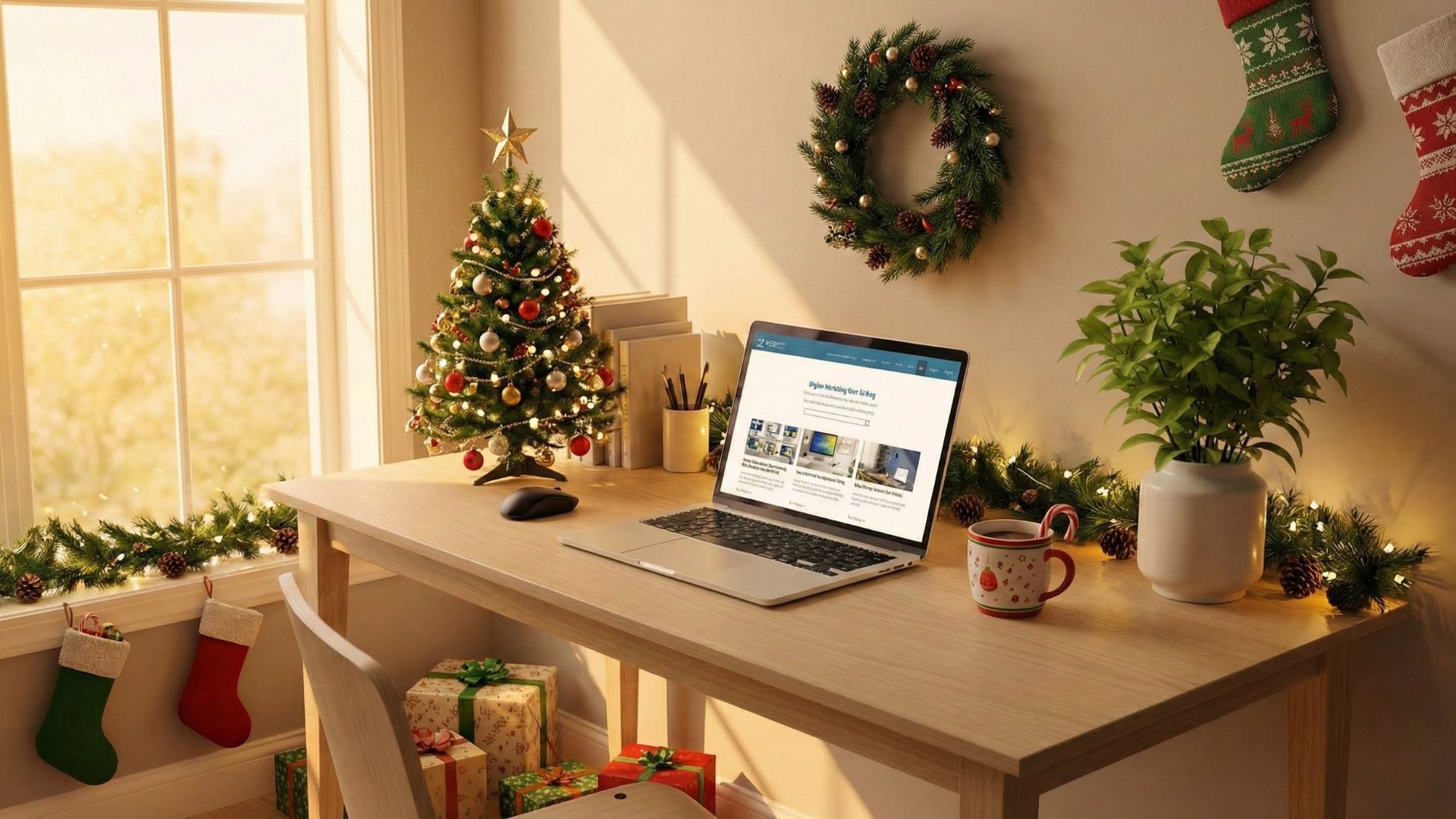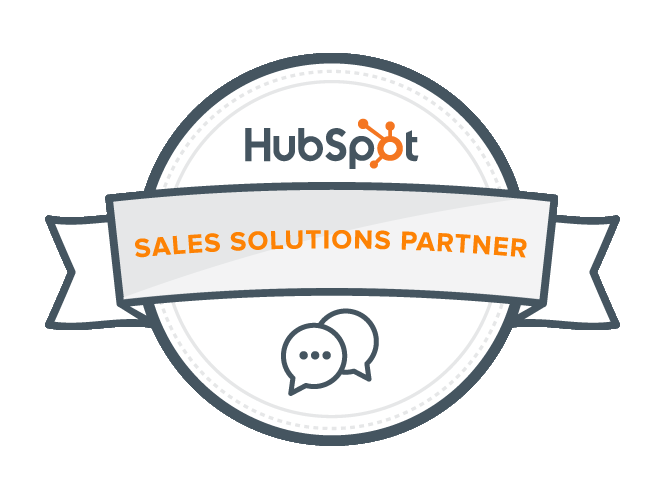Making the Right Choice: Building a Website Yourself or Hiring a Designer
In the ever-evolving digital landscape, establishing an online presence is paramount for every business. A well-structured and designed website can greatly enhance your brand's visibility and credibility. However, the process of creating a website can be daunting, especially when confronted with decisions like the cost of hiring a designer, how to find a suitable one, or opting for a do-it-yourself (DIY) approach using website builders like Wix or Squarespace. Making an informed choice can be challenging, but it's not impossible.
Figuring Out Your Budget and Time: The Classic Decision
Building a website involves an investment of both time and money. Hiring a designer can cost between $100 to $200 per website page, whereas setting up a website yourself might consume around 4 hours per page. It's a classic time or money conundrum that forces you to reassess your priorities.
Do you have the design skills to build a website yourself? If not, using DIY applications may extend the time it takes for you to establish your online presence. However, if your budget is tight, investing your time into learning and implementing the process might be a viable option.
DIY Website Builders: A Blessing or a Curse?
Website builders like Wix, Squarespace, and WordPress have made website creation accessible to everyone, regardless of technical expertise. But are they always the best choice?
Wix
Pros: Wix offers an intuitive drag-and-drop interface and a variety of templates, which make it easy for beginners to create a website. It also provides advanced features for more seasoned users.
Cons: The flexibility of Wix can also be its downfall, as the wide range of options can be overwhelming. Its SEO capabilities have been criticized, and the free plan comes with ads.
Squarespace
Pros: Squarespace is known for its sleek, professional design templates. It offers comprehensive features and excellent customer support.
Cons: Squarespace's pricing is slightly higher compared to other builders, and the platform can be less intuitive for first-time users.
WordPress
Pros: WordPress offers incredible flexibility and control, with thousands of themes and plugins. It's a great choice for blogs due to its strong content management system.
Cons:
WordPress has a steeper learning curve compared to other builders, and you may need to handle updates and security measures manually.
| Builder | Ease of Use | Design Flexibility | Pricing | Customer Support |
|---|---|---|---|---|
| Wix | High | High | Moderate | Moderate |
| Squarespace | Moderate | High | High | High |
| WordPress | Low | Very High | Low | Moderate |
Hiring a Designer: The Professional Touch
At our company, we offer a range of affordable website design packages, starting with a one-page website for $350, and our 15-page site for $1450. The advantage of hiring a professional designer is that you get a custom-built website tailored to your business needs, with high-quality design and user-friendly navigation.
Unlike the limitations of DIY website design, a professional web designer can infuse your brand's unique style and ethos into the website. Plus, we provide continued support and superior search engine optimization (SEO) to ensure your website ranks high in search results.
Take the Next Step: Explore Our Programs and Processes
In the end, choosing between a DIY website builder and hiring a professional web designer depends on your budget, skills, and time commitment. If you're ready to take your business to the next level, we're here to help. Schedule a call to learn more about our programs and processes. We can provide the guidance and expertise needed to make your website building journey a successful one.







